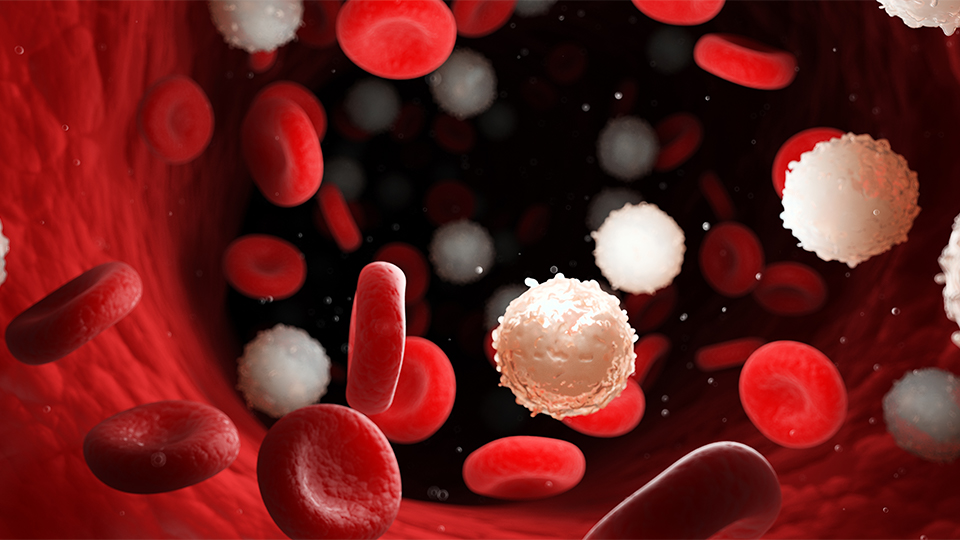Principle of the use of viscoelastic : tests role and interests in the intensive care unit
DOI:
https://doi.org/10.37051/mir-00209Keywords:
thromboélastométrie, Hémorragie, coagulopathie, test viscoélastiqueAbstract
The study of the viscoelastic properties of clots first appeared in the late 1940s, but it is only in the last twenty years or so that their use has developed in clinical practice. These techniques enable a global analysis of hemostasis, as well as the precise diagnosis of acquired hemostasis deficits. The global aspect of this analysis also takes into account intercurrent phenomena such as inflammation or anemia. The use of these techniques in a variety of situations, such as traumatology, post-partum or digestive hemorrhage, or cardiac surgery, will enable early diagnosis of hemostasis disorders. The effect on blood product administration and prognosis remains to be confirmed in future randomized studies.


